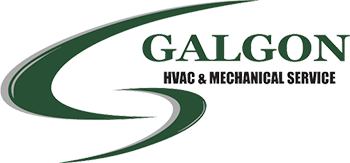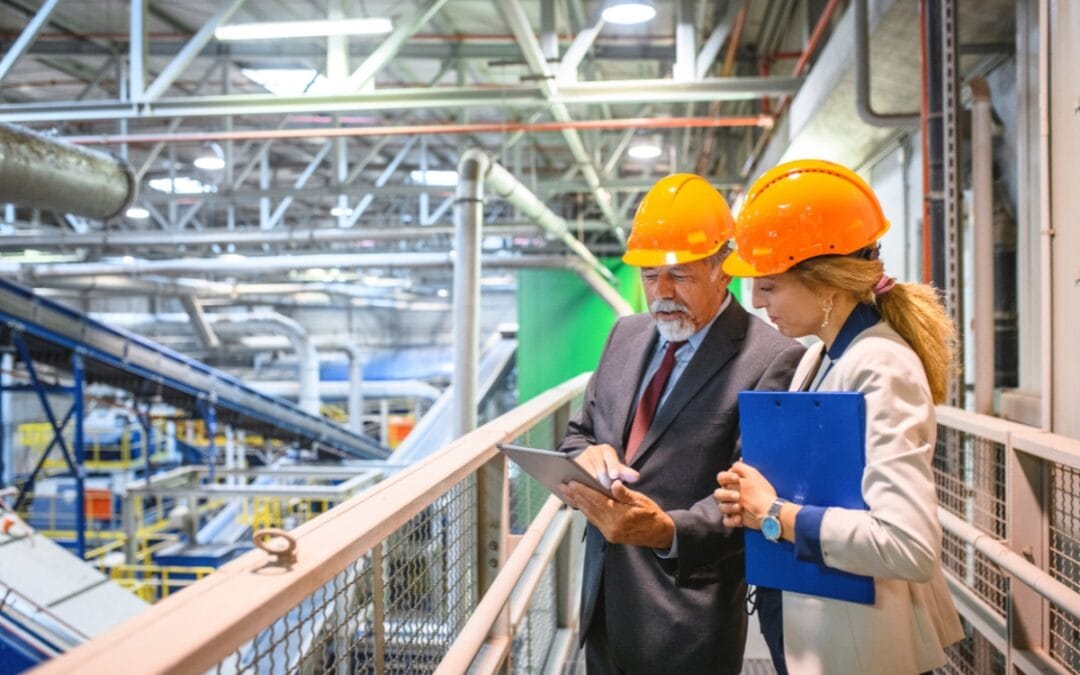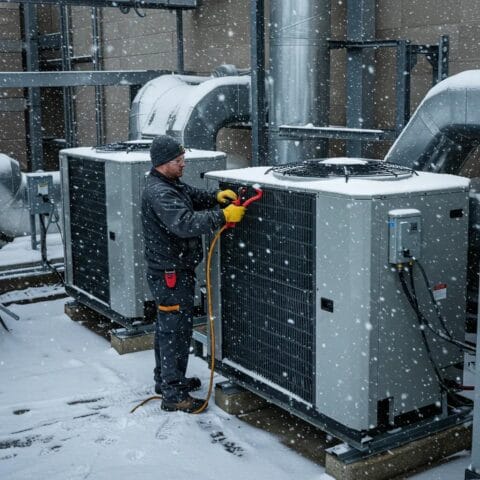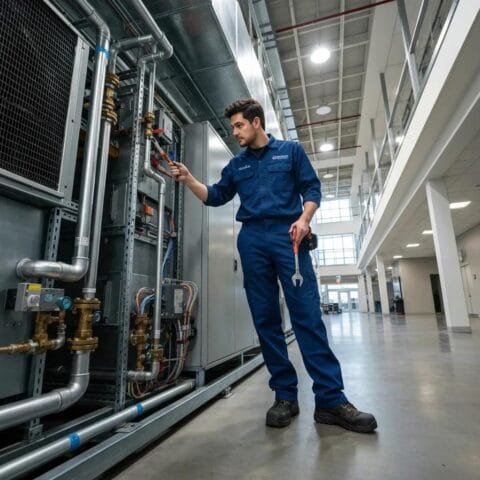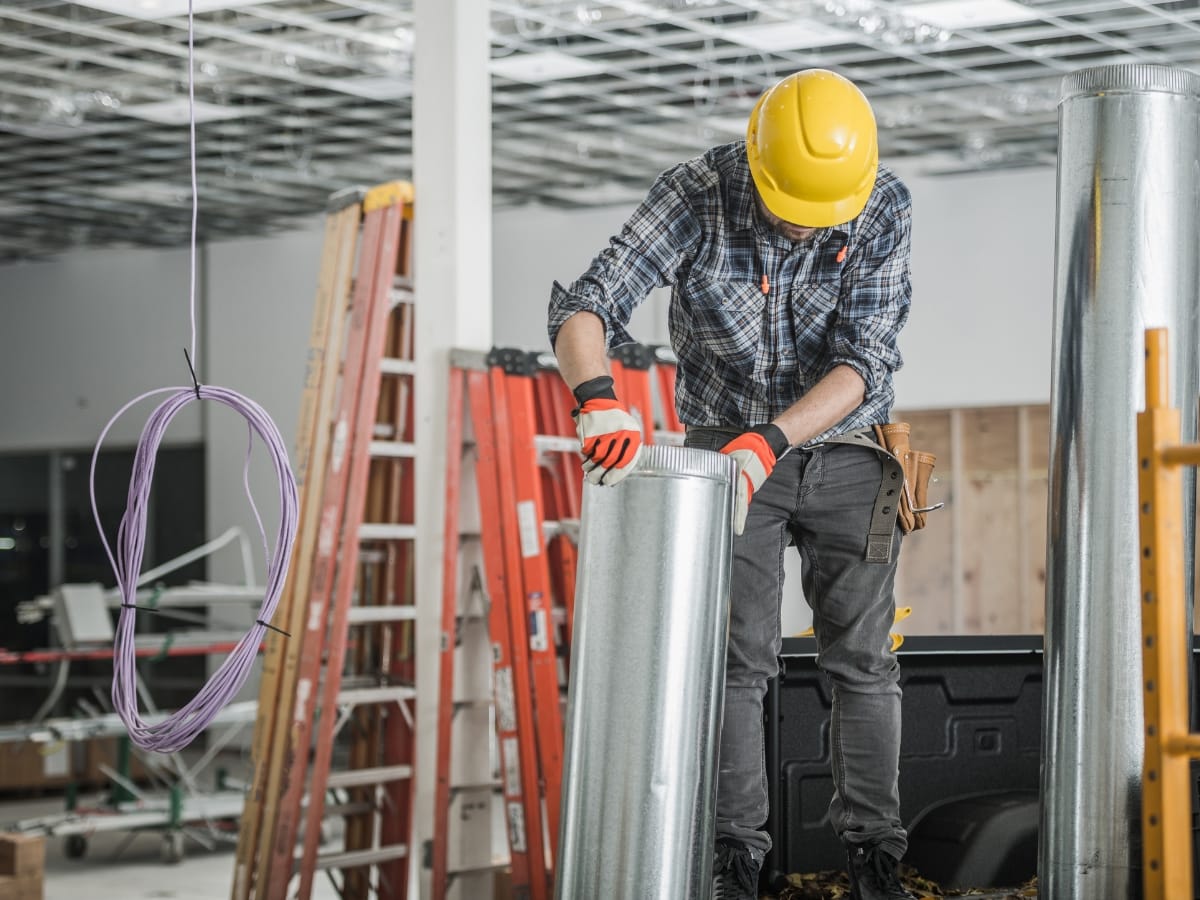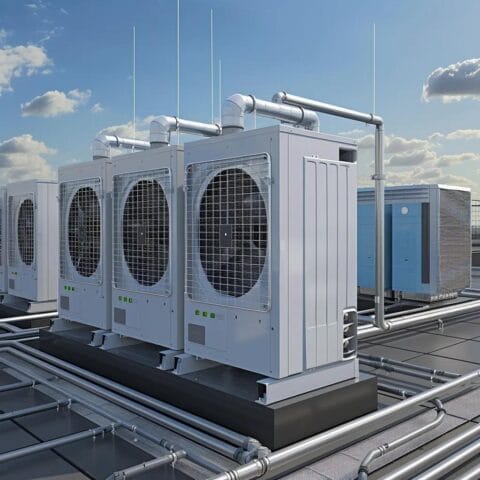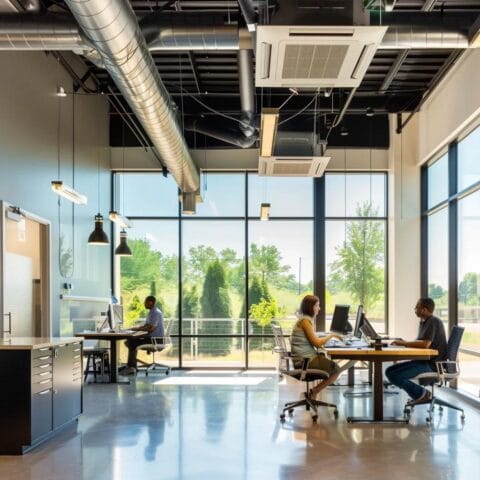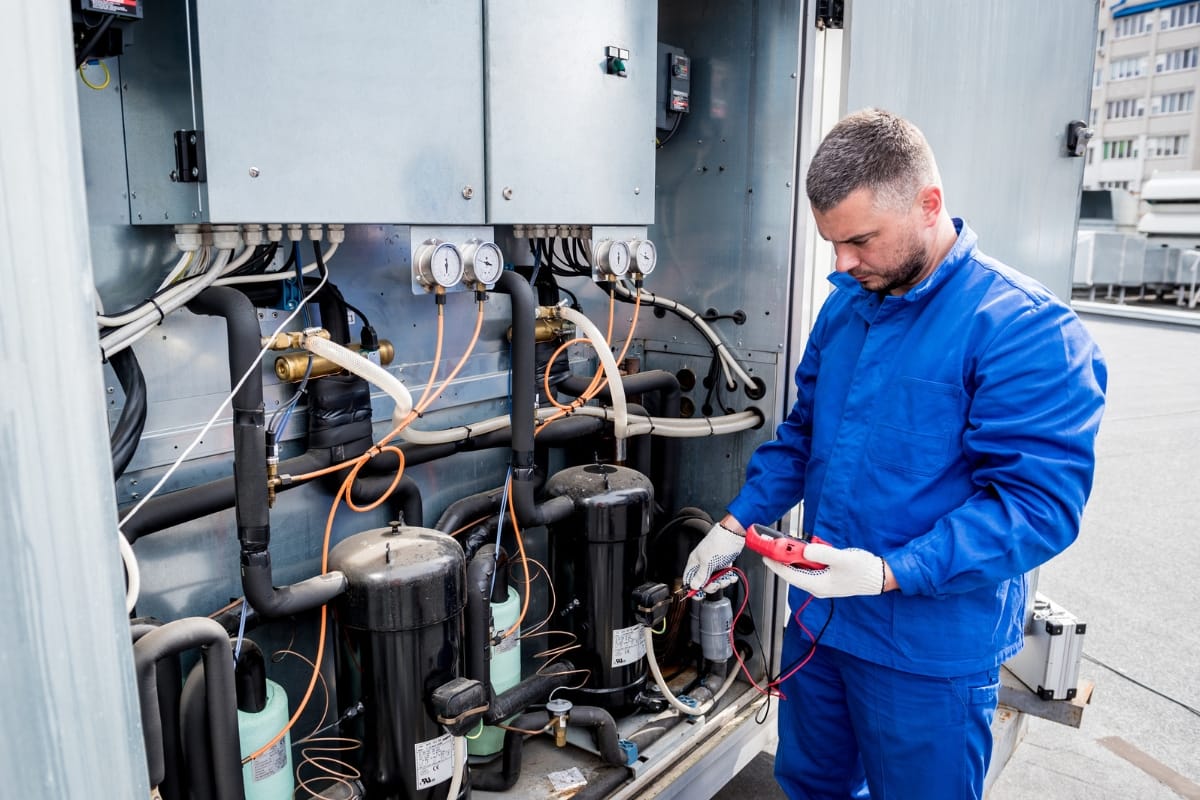Effective facility management is key to ensuring the smooth operation of any commercial or industrial building, and one of the most critical components is HVAC maintenance.
Proper HVAC upkeep not only maximizes system performance but also reduces energy costs, prevents costly repairs, and enhances the comfort and safety of occupants. In this guide, we’ll explore how enhancing HVAC maintenance practices can lead to optimal performance, offering tips on routine inspections, preventive care, building management, and system upgrades.
Whether you’re managing a small office or a large facility, discover how a proactive facility management system and facility and HVAC maintenance can improve efficiency, extend the life of your equipment, and contribute to a well-functioning, cost-effective building.
Essential Tips for Facility Management to Help Enhance HVAC Performance
The Importance of HVAC Maintenance in Facility Management

Facility management requires a strategic approach to ensure all building systems function optimally. One of the most critical components of this discipline is HVAC maintenance. Heating, Ventilation, and Air Conditioning (HVAC) systems are vital in regulating indoor temperature, humidity, and air quality, making them central to occupant comfort and building efficiency.
Regular HVAC maintenance is crucial for several key reasons. A well-maintained system ensures optimal performance by running efficiently and consistently.
When the HVAC system operates smoothly, it not only provides reliable heating and cooling but also consumes less energy, leading to lower utility bills. This energy efficiency directly impacts the bottom line for facilities, reducing operational costs and contributing to a more sustainable building environment.
Beyond energy savings, HVAC maintenance also plays an essential role in improving indoor air quality. HVAC systems are equipped with filters that capture dust, allergens, and other pollutants, preventing them from circulating through the air.
Without regular cleaning or filter replacement, these contaminants can accumulate, reducing air quality and potentially impacting occupant health. By keeping HVAC systems clean and filters fresh, facility managers can ensure that indoor environments remain healthy and comfortable.
Additionally, routine maintenance helps to extend the lifespan of the HVAC system. Preventative measures such as inspecting components, cleaning ducts, and checking refrigerant levels can prevent costly repairs or system failures down the line. This proactive approach minimizes downtime, ensuring uninterrupted operation of the facility and avoiding expensive emergency fixes.
Incorporating regular HVAC maintenance into facility management not only enhances comfort and air quality but also improves energy efficiency, reduces costs, and prolongs the life of the system. This holistic approach contributes to the overall performance and sustainability of the building, ensuring the health and well-being of its occupants.
Understanding the Impact of HVAC Performance on Indoor Comfort

The performance of an HVAC system is critical to maintaining a comfortable indoor environment. When the system is not functioning efficiently, it may struggle to regulate temperature and airflow effectively, leading to discomfort for occupants.
Inconsistent heating or cooling can result in noticeable hot or cold spots within the building, leaving some areas too warm and others too chilly. This imbalance negatively affects the overall comfort of the space and can frustrate employees, tenants, or visitors.
Inadequate HVAC performance can also contribute to indoor air quality issues, which can affect health. A poorly maintained system might fail to filter out pollutants like dust, pollen, or allergens, or it may not remove moisture properly, leading to the growth of mold and mildew. Prolonged exposure to these contaminants can exacerbate allergies or respiratory issues, putting the health of building occupants at risk.
Furthermore, an inefficient HVAC system can increase humidity levels, making the indoor environment feel damp and uncomfortable, particularly in humid climates. Over time, excess moisture can damage furniture, equipment, or structural elements of the building, adding to maintenance costs.
To avoid these problems, regular HVAC maintenance is essential. Facility managers should schedule routine inspections, clean or replace air filters, and address minor issues before they escalate into major repairs. By ensuring the HVAC system operates at peak performance, building managers can create a comfortable, healthy, and productive environment for all occupants. A well-regulated indoor climate also contributes to energy efficiency, helping to lower utility costs while ensuring optimal comfort year-round.
Key Components of HVAC Systems and Their Maintenance Needs

An HVAC system is comprised of several key components, each requiring specific maintenance to ensure optimal performance and longevity. Proper upkeep of these components not only improves energy efficiency but also helps prevent costly repairs and system downtime.
The heating system is a primary component that often uses electricity, gas, or oil as its energy source. Maintaining this system involves regular inspections for leaks, cleaning of burners or heat exchangers, and lubricating moving parts to ensure smooth operation.
Neglecting heating maintenance can lead to inefficiencies, increased energy consumption, and potential safety hazards, such as carbon monoxide leaks in gas-powered systems.
The ventilation system plays a crucial role in maintaining indoor air quality by circulating fresh air throughout the building. Regular tasks include cleaning air ducts to prevent dust buildup, inspecting fans and blowers to ensure they are functioning correctly, and replacing worn-out belts or bearings. Proper ventilation is essential to avoid stale air and ensure a healthy indoor environment.
Lastly, the air conditioning system is responsible for cooling and dehumidifying the air. Maintenance tasks include cleaning condenser coils to improve energy efficiency, checking refrigerant levels to ensure proper cooling, and inspecting electrical connections for potential hazards. Keeping the AC system in top shape prevents uncomfortable temperature fluctuations and ensures consistent humidity control.
Best Practices for Preventative HVAC Maintenance
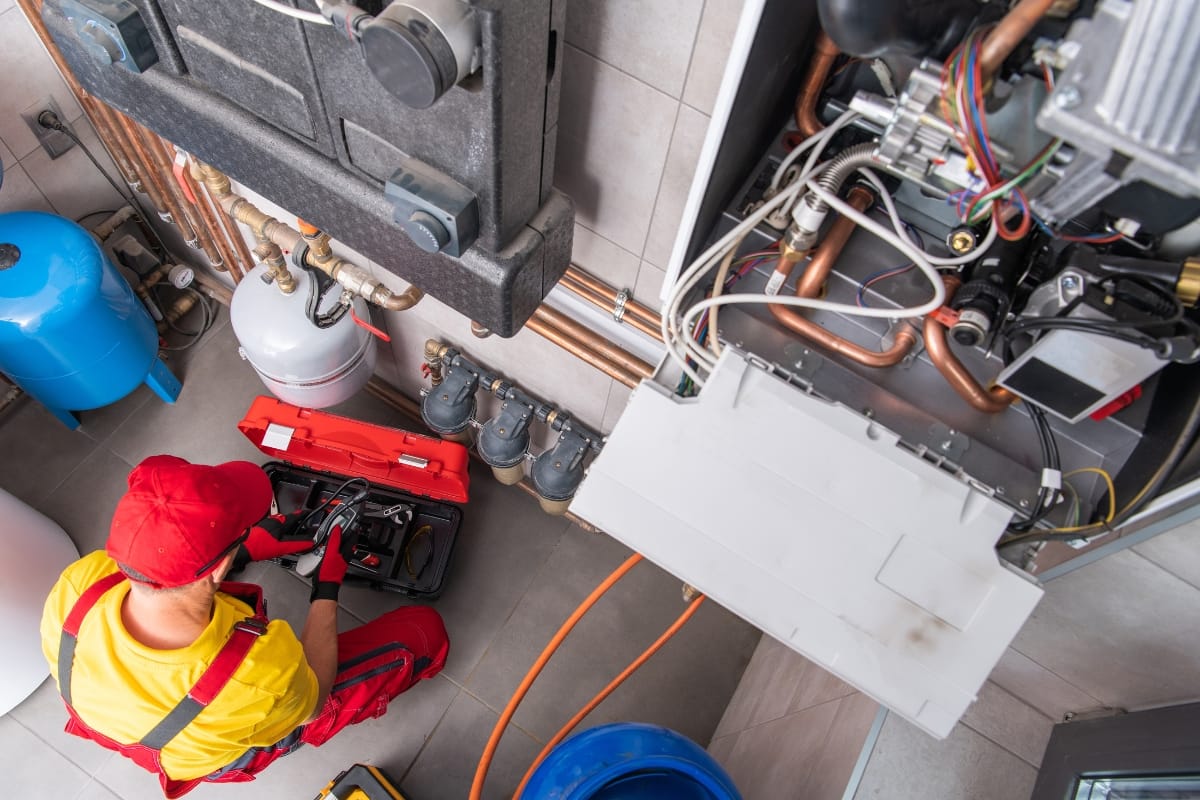
Preventative maintenance is crucial for ensuring the longevity, efficiency, and reliability of an HVAC system. Implementing best practices not only minimizes the likelihood of unexpected breakdowns but also helps facility managers save on energy costs and extend equipment life.
A key practice is to establish a regular inspection schedule. Routine inspections allow facility managers to catch potential issues early, such as leaks or malfunctioning sensors, before they lead to costly repairs.
Inspections should involve checking thermostats, airflow, and ensuring that heating and cooling components function properly. By being proactive, issues like refrigerant leaks or airflow blockages can be addressed promptly, preventing larger complications down the line.
Another essential component of preventative maintenance is thorough cleaning. Dust, debris, and dirt can clog filters, obstruct coils, and hinder fans, reducing system efficiency. Regular cleaning of air filters, ductwork, and condensers ensures that the HVAC system can operate at peak performance. It also improves indoor air quality by preventing dust and allergens from circulating throughout the facility.
Finally, regular servicing and calibration by certified HVAC technicians ensures that components like motors, belts, and electrical connections are functioning correctly. Technicians can lubricate moving parts, adjust system settings, and test overall performance to verify that the system is energy-efficient and in good working condition.
Following these best practices ensures that HVAC systems are reliable, energy-efficient, and capable of providing a comfortable indoor environment year-round.
Leveraging Technology for Efficient HVAC Monitoring and Management
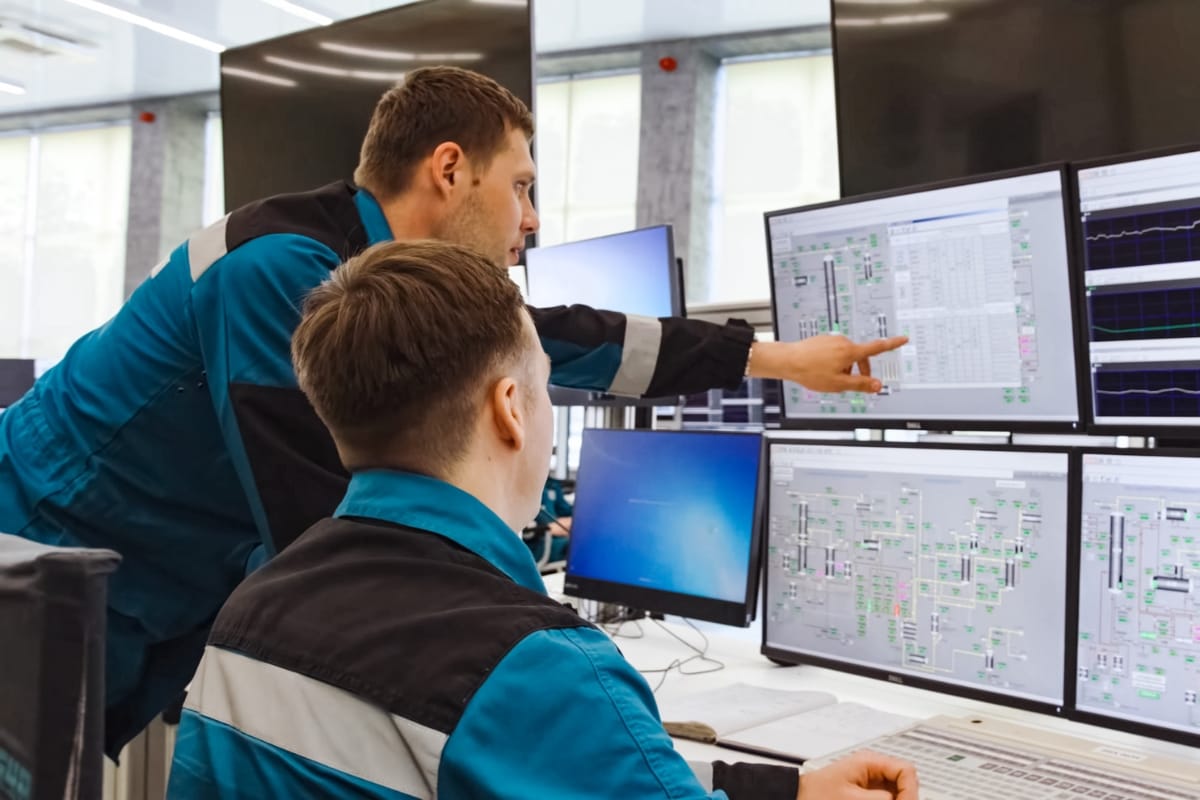
Advancements in technology have significantly enhanced the ability of facility managers to monitor and manage HVAC systems more efficiently. With the introduction of smart building automation and facility management software systems, HVAC performance can now be optimized in real time, ensuring both energy savings and consistent occupant comfort.
These intelligent systems rely on sensors, data analytics, and automated controls to track key parameters such as indoor temperature, humidity levels, occupancy, and even outdoor weather conditions.
By analyzing this data, the system can make precise adjustments to the HVAC system, ensuring that heating and cooling needs are met without wasting energy. For example, if a conference room is unoccupied for a period, the system can reduce the heating or cooling in that space, significantly lowering energy consumption without compromising comfort.
Another key feature of this technology is remote monitoring, which enables facility managers to oversee HVAC operations from virtually anywhere.
Using mobile apps or web-based dashboards, managers can receive real-time alerts about potential issues, such as malfunctioning components or abnormal temperature fluctuations. This allows for immediate intervention, reducing downtime and preventing minor issues from escalating into costly repairs.
Moreover, integrating predictive maintenance management algorithms into these systems can help anticipate equipment failures before they occur, allowing for proactive maintenance.
Energy Efficiency Strategies for HVAC Systems
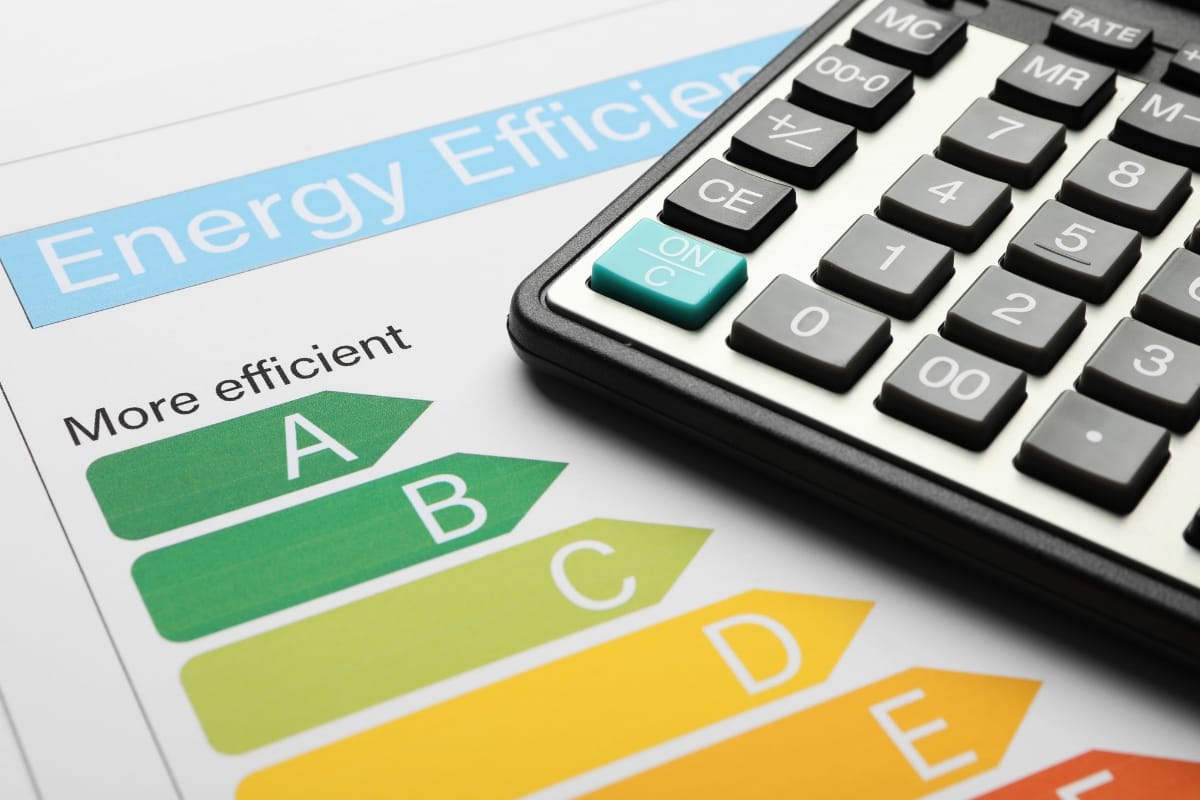
Energy efficiency is a top priority for facility managers looking to reduce operating costs and minimize their environmental footprint. Implementing energy efficiency strategies specifically tailored for HVAC systems can yield significant savings.
One effective strategy is to install programmable thermostats or advanced control systems that allow precise temperature settings based on occupancy schedules. This prevents unnecessary heating or cooling when spaces are unoccupied.
Another strategy is to optimize ventilation rates based on actual occupancy levels rather than relying on fixed settings. By adjusting ventilation rates according to demand, facility managers can ensure adequate fresh air exchange while minimizing energy waste.
Regularly monitoring and optimizing HVAC system performance is also crucial for energy efficiency. This includes tracking energy consumption, analyzing data trends, and identifying opportunities for improvement. Facility managers can then implement measures such as equipment upgrades, retrofits, or system redesigns to achieve greater energy efficiency.
Cost-Effective Approaches to HVAC Maintenance

Maintaining an HVAC system is crucial for optimal performance and energy efficiency, but it doesn’t have to be a financial burden. Facility managers can employ several cost-effective strategies that help balance necessary maintenance with budgetary limitations.
One key approach is emphasizing preventive maintenance rather than waiting for issues to arise. Regular inspections and servicing enable facility managers to detect and resolve minor problems early on, preventing them from escalating into costly breakdowns or system failures.
This proactive stance not only extends the life of the HVAC equipment but also minimizes the likelihood of expensive emergency repairs or the need for full system replacements.
Another practical cost-saving measure involves establishing long-term service contracts with trusted HVAC providers. By negotiating multi-year agreements, facility managers can lock in favorable pricing while ensuring consistent and reliable service. This also fosters a strong working relationship, often leading to faster response times and priority treatment during high-demand periods.
In addition, training in-house staff on basic HVAC upkeep tasks—such as changing filters, cleaning coils, and checking system settings—can further cut costs. By empowering employees to handle routine maintenance, the need for frequent external contractor visits diminishes, saving time and money while keeping the system running smoothly.
Conclusion: Elevating HVAC Maintenance for Optimal Facility Performance
Enhancing your facility’s HVAC maintenance is key to achieving optimal performance and energy efficiency. By understanding the importance of regular maintenance and implementing best practices, facility managers can create a comfortable environment while minimizing operating costs.
For expert assistance in maintaining and improving your HVAC systems, trust Galgon HVAC & Mechanical Service. Our team is committed to ensuring your systems run at peak efficiency, minimizing downtime, and maximizing comfort. Contact us today at (404) 352-1500 or visit our website to fill out a request form for a service or a quote. Let us help you enhance your facility’s performance with reliable HVAC solutions.
